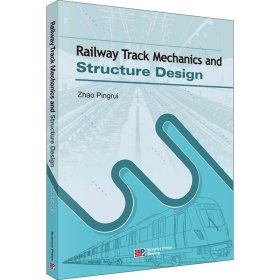
铁路轨道力学与结构设计 9787030661517
全新正版 _可开发票_极速发货
¥ 101.25 6.8折 ¥ 148 全新
库存4件
天津西青
认证卖家担保交易快速发货售后保障
作者赵坪锐
出版社科学出版社
ISBN9787030661517
出版时间2021-02
装帧平装
开本16开
定价148元
货号1202318283
上书时间2024-05-11
- 最新上架
商品详情
- 品相描述:全新
- 商品描述
-
目录
Chapter 1 Introduction 1
1.1 Rapid Development in Rail Transportation 1
1.2 Railway Vehicle 2
1.2.1 Car body 2
1.2.2 Bogie 3
1.2.3 Wheelset 7
1.2.4 Spring element 9
1.2.5 Damping element 12
1.3 Railway Track 14
1.3.1 Rail and rail joint 15
1.3.2 Sleeper 18
1.3.3 Fastener 20
1.3.4 Ballast 21
1.3.5 Slab track 23
1.3.6 Turnout 26
1.3.7 Continuous welded Rail 27
1.4 Self-Steering of Wheel on Rail 28
1.5 Track Mechanics and Track Design 32
1.5.1 Track static mechanics 32
1.5.2 Track dynamic mechanics 32
1.5.3 Track structure design 34
Chapter 2 Track Geometry 35
2.1 Dimension of wheel set 35
2.2 Track Geometry on Tangent Track 38
2.2.1 Track gauge 38
2.2.2 Track level 40
2.2.3 Horizontal alignment 41
2.2.4 Vertical alignment 41
2.2.5 Rail inclination 42
2.3 Gauge Widening on Small Radius Curved Track 43
2.3.1 Bogie position on curved track 43
2.3.2 Track gauge widening determination 44
2.3.3 Maximum track gauge of curved track 46
2.4 Super Elevation on Curved Track 47
2.4.1 Setting of super elevation on curved track 47
2.4.2 Calculation of super elevation 47
2.4.3 The unbalanced super elevation 49
2.4.4 The maximum super elevation 50
2.4.5 Speed limit on curved track 52
2.5 Transition Curve 52
2.5.1 Function and geometry character of transition curve 52
2.5.2 Geometry condition of transition curve 53
2.5.3 Higher order transition curve 57
2.5.4 Length of transition curve 57
Chapter 3 Vertical Static Track Analysis 60
3.1 Analytioal approach of track structure under vertical wheel loading 60
3.1.1 Fundamental assumption and calculation model 60
3.1.2 Differential equation of continuous beam model 61
3.1.3 Basic mechanical parameters 64
3.1.4 Calculation under group wheels 68
3.2 Finite Element Approach to Calculate the Track Mechanical Response 69
3.2.1 Discretization of track structure 69
3.2.2 Stiffness matrix of beam element 70
3.2.3 Stiffness matrix assembling of beam elements 71
3.2.4 Computational model and matrix equation of track structure 71
3.3 Quasi-static Analysis of Track Responses 72
3.3.1 Speed coefficient 73
3.3.2 Unbalanced loading coefficient 74
3.3.3 Quasi-static analysis method 75
3.4 Strength Checking of Track Components 76
3.4.1 Rail stress analysis 76
3.4.2 Sleeper strength checking 78
3.4.3 Ballast stress checking 80
Chapter 4 Ballast Track Design 83
4.1 Principles of Defining Ballast Track 83
4.1.1 Ballast track 83
4.1.2 Characteristics of railway track 83
4.1.3 Track structure and operation condition 85
4.1.4 Track structure selection 86
4.2 Rail and Rail Joint 88
4.2.1 Rail 88
4.2.2 Rail joint 89
4.3 Sleeper 91
4.3.1 Timber sleepers 91
4.3.2 Concrete sleepers 92
4.3.3 Wide sleeper 94
4.3.4 Frame sleepers 95
4.4 Fastener 96
4.4.1 Categories of rail fastener 96
4.4.2 Fastener clip 97
4.4.3 Rail pad 98
4.5 Ballast Bed 99
4.5.1 Ballast materials 99
4.5.2 Thickness of ballast 100
4.5.3 Ballast mat 101
4.5.4 Ballast flow and deformation 102
4.5.5 Ballast tamping and stabilizing 103
4.5.6 Ballast cleaning 104
4.6 Subgrade 104
4.6.1 Subgrade strength checking 105
4.6.2 Dynamic stability 106
4.6.3 Residual deformation and fatigue behavior 107
4.6.4 Hardened subgrade 107
4.7 Ballast Track Quality 108
4.7.1 Factors of deterioration rate 109
4.7.2 Ballast track settlement 109
4.7.3 Optimum of ballast track 111
Chapter 5 Ballastless Track Design 113
5.1 Ballastless Track Design Requirement 113
5.1.1 Ballastless track design task 113
5.1.2 Ballastless track design requirement 115
5.1.3 Ballastless track function design 117
5.2 Ballastless Track Analysis under Wheel Load 118
5.2.1 Analysis method in different country 119
5.2.2 Composite beam on elastic foundation model 120
5.2.3 Beam-plate model on elastic foundation 123
5.2.4 Parameters in beam plate model 130
5.2.5 Parameter study of slab track 137
5.3 Thermal Stress Analysis of Ballastless Track 139
5.3.1 Temperature parameters 140
5.3.2 Thermal stress in continuous track slab 142
5.3.3 Thermal stress in track slab with certain length 153
5.3.4 Warping stress in track slab 154
5.4 Influence of Uneven Settlement 159
5.5 Ballastless Track Structure Design 165
5.5.1 Ballastless track structure design method based on allowable stress 166
5.5.2 Load and load combination 167
5.5.3 Structural coefficient 170
Chapter 6 CWR Analysis and Design 176
6.1 Introduction 176
6.2 Basic Principal 176
6.2.1 Basic thermal stress 176
6.2.2 Longitudinal resistance 178
6.2.3 Basic diagram of thermal force distribution 182
6.3 Stability Analysis of CWR 186
……
内容摘要
With the rapid development of modern railway, passengers and residents become more concerned about the train-induced vibration and noise along the railway. New technology need to be applied to measure, evaluate and control the vibration and noise. Vehicle-track coupling dynamic simulation is such a proven and practical tool. By coupling the vehicle system and track system through wheel rail interaction, one coupling vehicle-track coupling model can be established and solved.
Modern railway also calls for new structure and technology, such as Continuous Welded Rail, high speed turnout, slab track, etc. This book can provide sufficient support to develop new structures of modern railway.
— 没有更多了 —
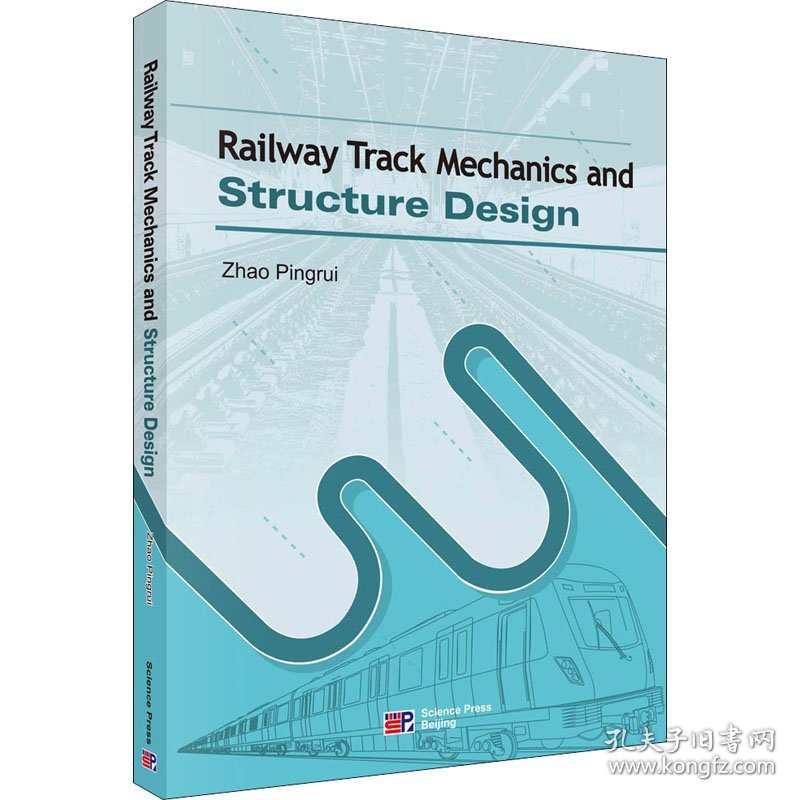

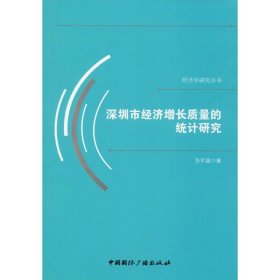

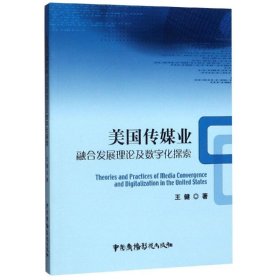
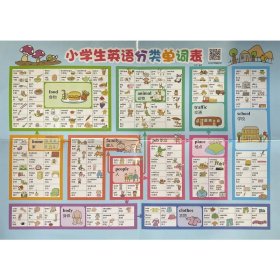






以下为对购买帮助不大的评价